Big Data Is A Major Problem For The Healthcare System.
Stanley Feld M.D.,FACP,MACE
President
Obama is blinded by his ideology. His healthcare policy goal is to eventually
have a single party payer system. Medical care will be commoditized with
treatment decisions made by the central government.
It
is a charade that his health insurance exchanges will lead to affordable
private insurance. It is misguided to believe that a non-elected central
committee (IPAB) will be tolerated to make treatment decisions for the
population.
The
larger pretense is that President Obama is building an inexpensive bureaucracy.
Last week he again stated that government overhead for Medicare and Medicaid is
very low. He again declared that the overhead expense is only 2½ percent.
It
cost two and one half percent for the central government to outsource administrative
services to the healthcare insurance industry. The healthcare insurance
industry, in turn, charges the government 18-40% to administer the programs.
Everyone
knows most everything government run is inefficient. President Obama is
enlarging the scope of government in all areas at a time when government is too
large and inefficient. The government’s income is $1 trillion dollars less than
its expenses per year since he has been President.
President
Obama thinks if he spends enough money he will spend his way out off the jam.
President
Obama believes one way to become more efficient is to gather more data. He can
then figure out which hospital systems and physicians are inefficient and
penalize them.
This
philosophy has two potential pitfalls. If the data is faulty the conclusions
are wrong. The second pitfall is that penalties do not encourage cooperation
and meaningful improvements.
“Decision-making in
healthcare can be painfully slow, as any physician will tell you. Hospital systems and
physicians are being spurred on in part because healthcare is beginning to deal
with a shift in reimbursement toward one that rewards quality and disincentives
inefficiency and waste.
One problem is that quality is not clearly
defined and is sometime false. The government must reexamine its premises.
Most hospitals and health systems have lots of
data that might improve outcomes and cut waste.
The
problem is getting that data, which is often unstructured, into a format that
allows clinicians to make decisions faster and in a more coordinated fashion.
All
of the innovation is happening without input from physicians. It is being done
to decrease the cost of the hospitals. One thought would be to get rid of a few
excess salaried, $750,000 a year hospital administrators and $2,000,0000 plus
healthcare insurance company administrators which would go a long way to reduce
the cost of healthcare coverage.
Instead
the government is looking to penalize physicians. Physicians are the providers
that deliver medical care.
There
is software being developed that deals with real time processing of clinical
data. The software can communicate those data to networked physicians instantly
and help physicians deliver more timely care.
Many
hospital systems are trying to install these real time systems. Unfortunately,
many hospital administrators do not understand its power as a teaching tool to
increase the efficiency and effectiveness of medical care.
The hospital systems’ only interest is in the
financial result and the question of whether the huge investment is worth the
capital expenditure.
Most
physicians do not have an EMR and only 7% of physicians have a fully
functioning EMR.
In
the monograph from “Pathways to Data Analytics” two things were very apparent. It
looks like the healthcare insurance industry controls the committee and its
plans is to continue to control the healthcare dollars and hope to control the
healthcare data.
Increasingly, a
data-driven approach to healthcare is necessary.
The complexity of clinical care requires it, says Glenn Crotty
Jr., MD, FACP, executive vice president and chief operating officer at CaMC.
“We’re moving from an
individual practitioner cottage industry to a team-based process now . . .. [Medical
care] is beyond the capacity of any one individual to be expert enough to do
that. So we have to do it in a team.”
A team requires information. The changing dynamics of healthcare
spending and reimbursements also require data to navigate.
“Our analytics are not just for finance, which traditionally is
what hospitals invested in,” says St. Luke’s Chief Quality Officer Donna Sabol
, MSN, RN. “When you look at how [hospital] payment is changing [to] a value-based
equation, you have to have good analytics for finance and for quality.”
Absent from the report is the patient and his/her responsibility
to the therapeutic unit. Until some policy maker understands the role of
patients to the therapeutic unit they will get nowhere in improving the
healthcare system.
A glaring example is the money spent by hospital systems to
improve the discharge process to avoid re-hospitalization within the 30 days
post discharge.
Obamacare has instituted the rule November1,2012 that if a
patient is re-hospitalized within 30 days of the initial hospitalization the
hospital system will not get paid.
I can think of 5 ways hospital systems can get around this rule
without suffering the penalty.
None-the-less the hospital systems are buying software to study
and automate the process to avoid re-hospitalization using its clinical data in
real time.
The Seton Hospital System in Austin Texas
might have figured it partially out.
It started what it calls an extensivist
program. It is acting as an extension of its physicians care to help avoid re-hospitalization
and use the best data it can collect.
Its is helping clinicians identify patients who
would benefit most from extra attention following discharge. The program
started with congestive heart failure patient
"A
lot of it is about enabling decision-making," Ryan Leslie says
"It's taking the whole universe of
information we have and cutting out what's extraneous and giving clinicians the
information they need to make decisions."
Ryan Leslie is vice
president of analytics and health economics at Seton Healthcare system. He is taking
unstructured clinical information and connecting that with billing or
administrative information and social demographic information.
He says, "you start connecting all those things
together and you get a more complete picture of the patient as a person, rather
than as a recipient of a bill," he says. "That's been the exciting
thing recently. You realize that a patients' success or failure may not have to
do with the care plan details or the clinical attributes of the patient as much
as the social attributes."
Physicians
outside the hospital work with a team of social workers, nurses, and others to
visit patient homes and figure out what's keeping a patient from effectively
following treatment protocols that will likely keep them out of the hospital.
The software
helps determine, based on a host of combined data, which patients are most
likely to be re-hospitalized within 30 days. Targeting the patients is like
looking into a crystal ball. The hospital system cannot afford to service all
the patients with congestive heart failure. The program is in its early stages.
If successful the plan is to expand it to diabetes and other chronic diseases.
This will
happen well beyond November 2012 and January 1,2014. This hospital system
finally realized that it can and must be an extension of its physicians’ care
and not a competitor for patient care.
Missing is the
patients responsibility and incentive in not being readmitted to the hospital.
This can only be accomplished when consumers not only have a desire to be
healthy they have a financial interest to stay healthy.
This can be
accomplished in a consumer driven healthcare system where the patients are responsible
for their health and own their healthcare dollars. The easiest way to get there
is using my ideal medical savings accounts.
The opinions expressed in the blog “Repairing The Healthcare System” are, mine and mine alone
Please have a friend subscribe
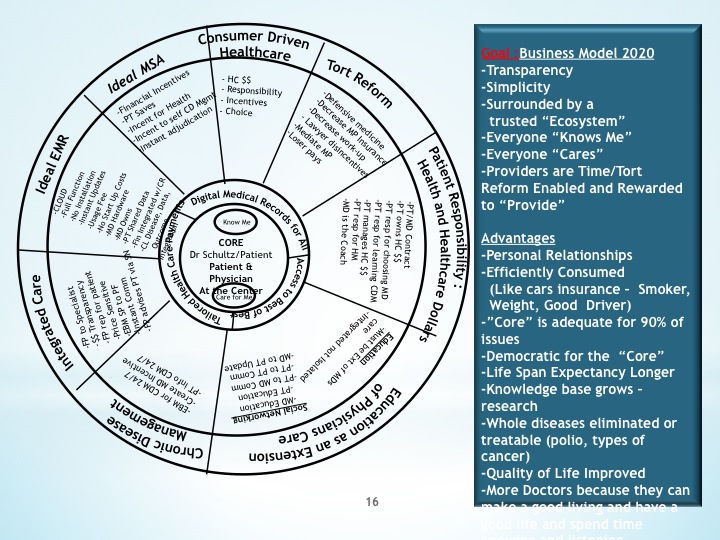
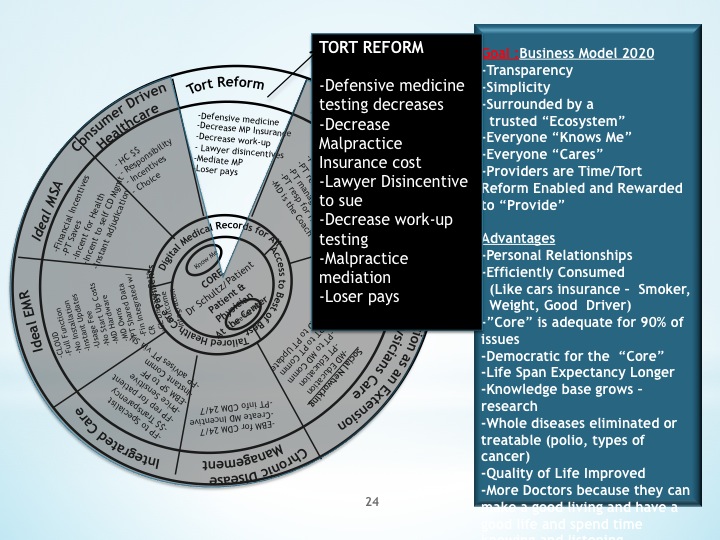
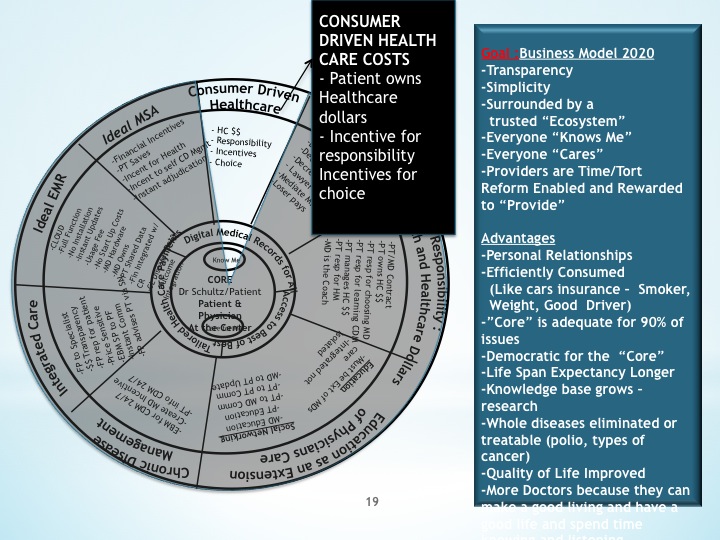
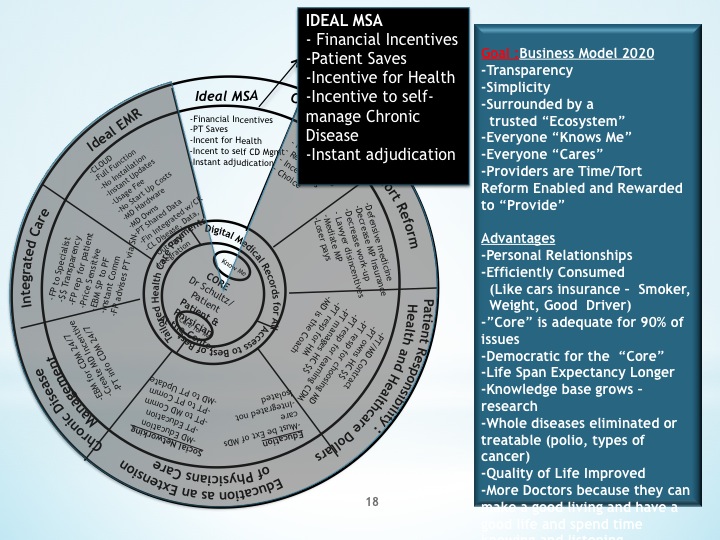
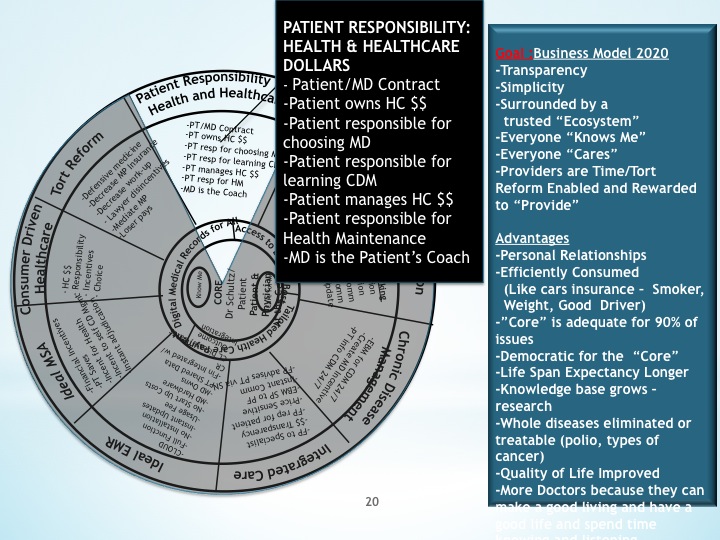
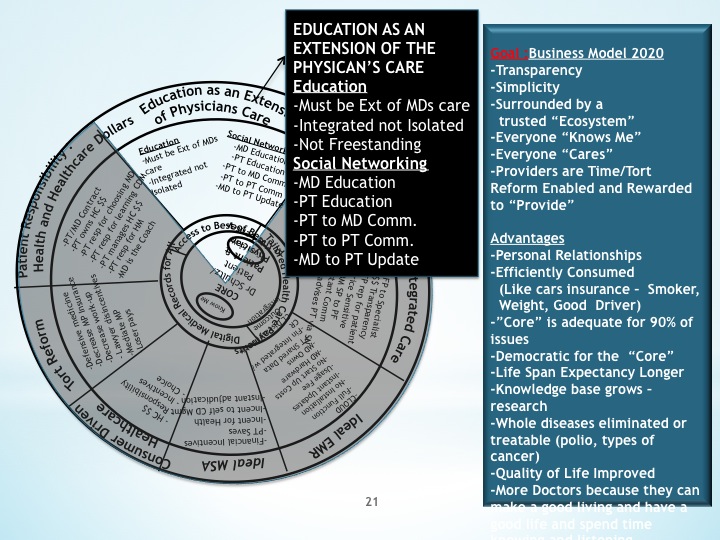
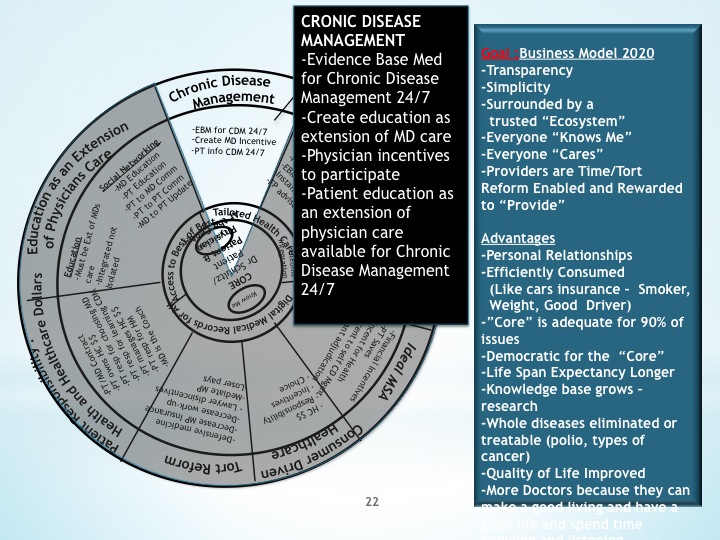
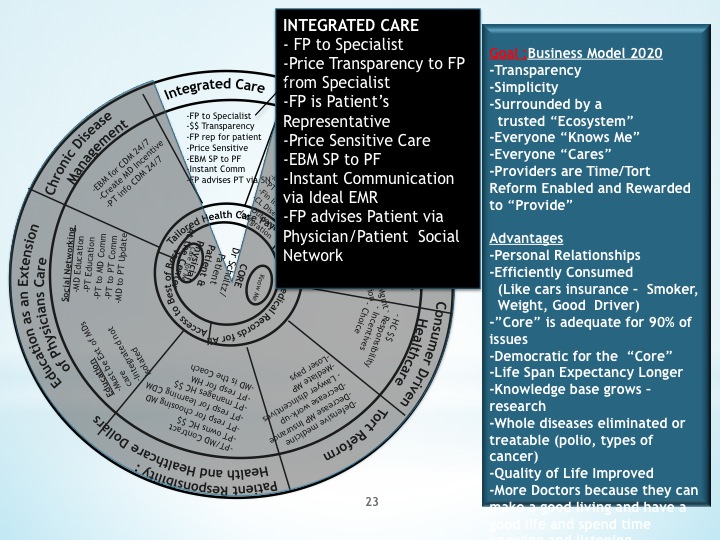
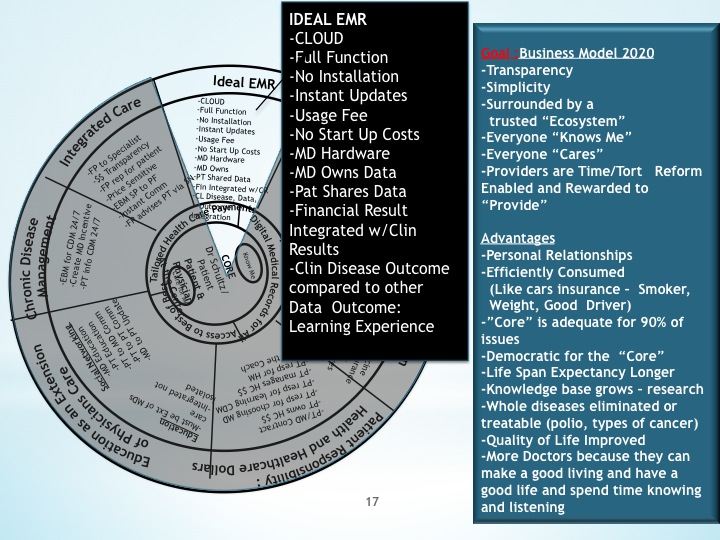
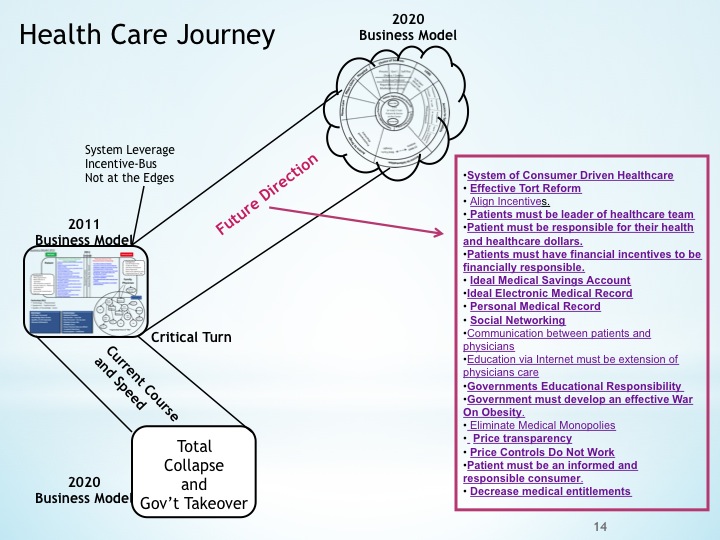
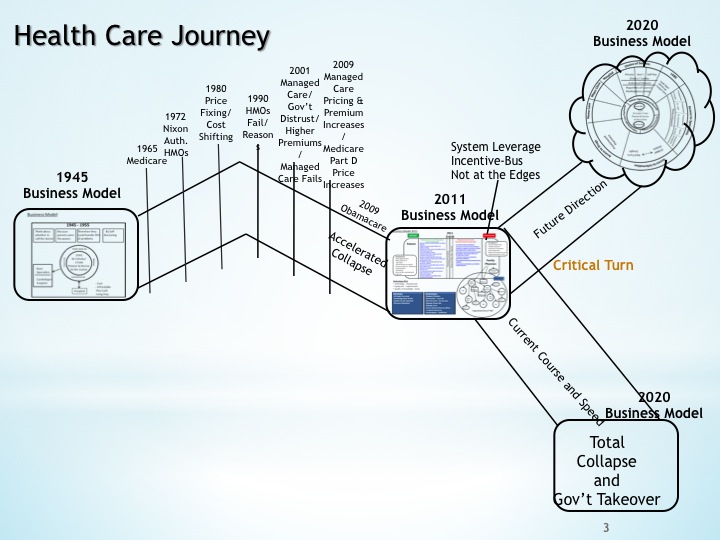
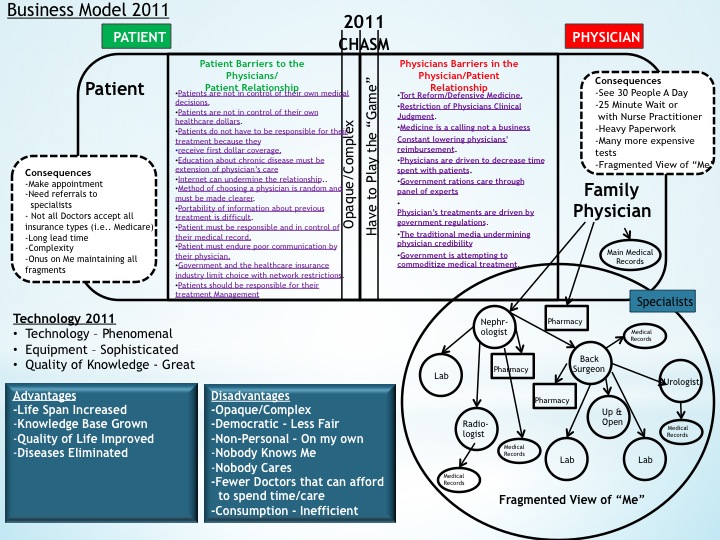
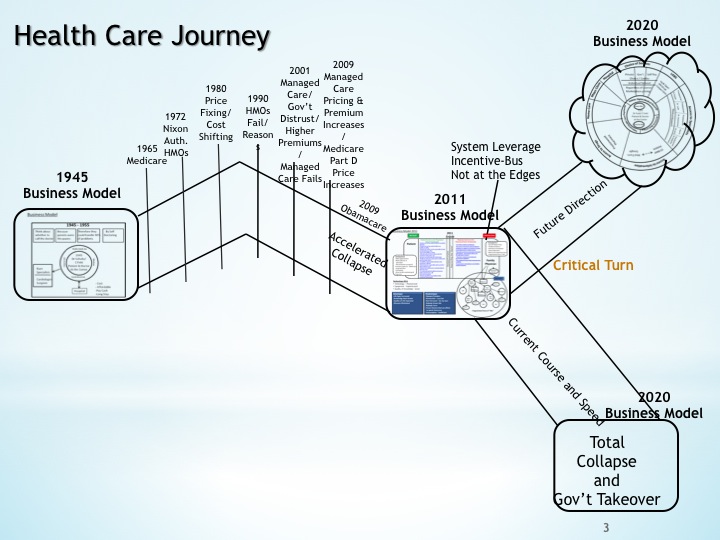
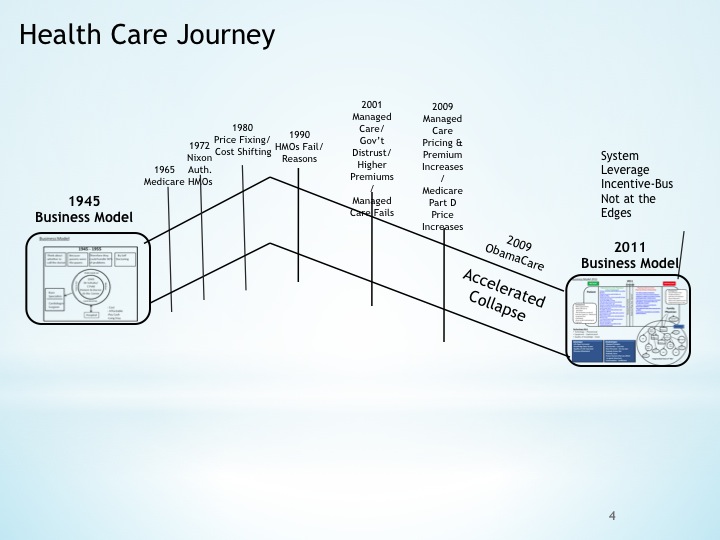
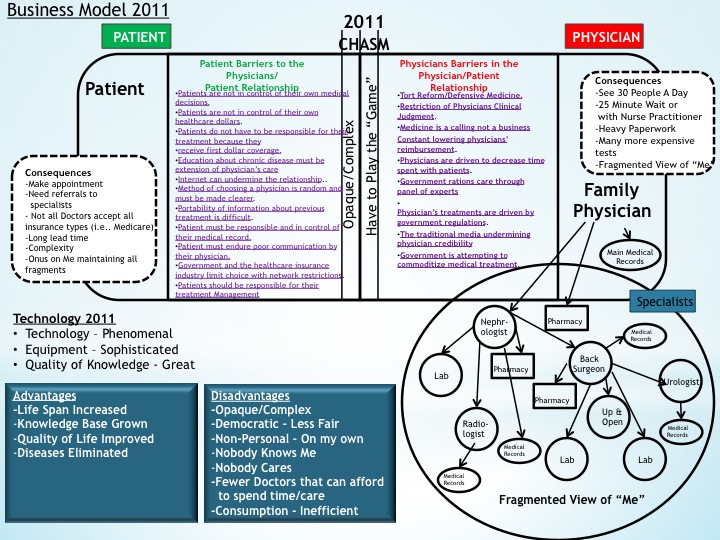
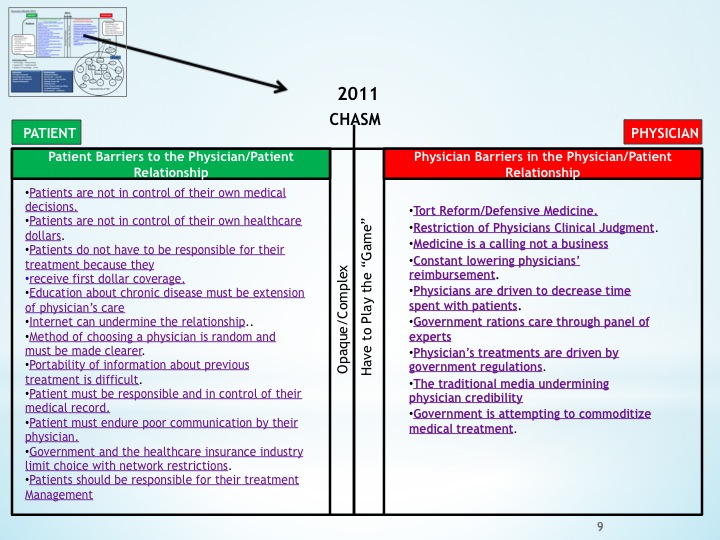
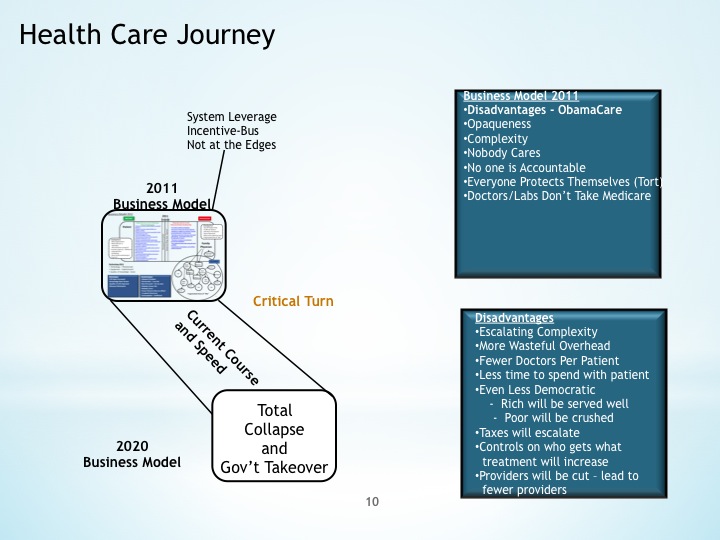
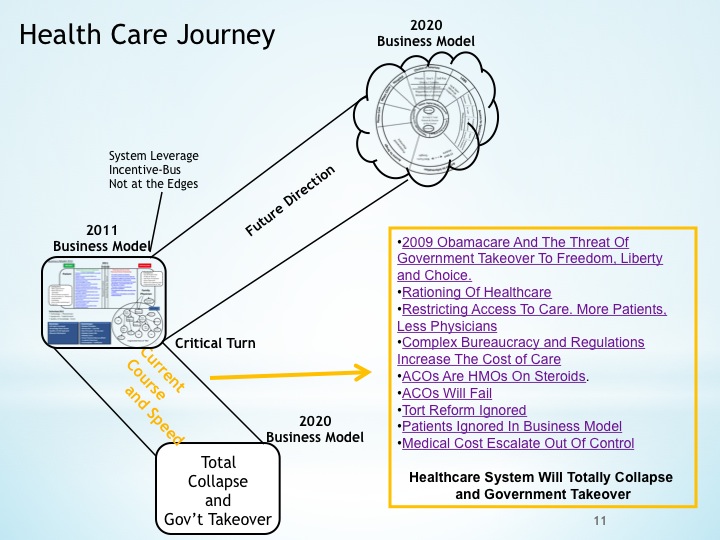
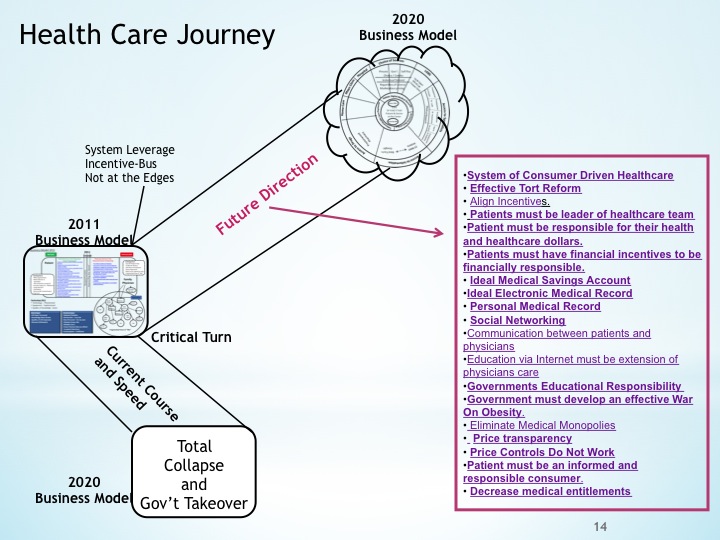
Hello, this weekend is nice for me, since this time i am reading this fantastic informative article here at my home.